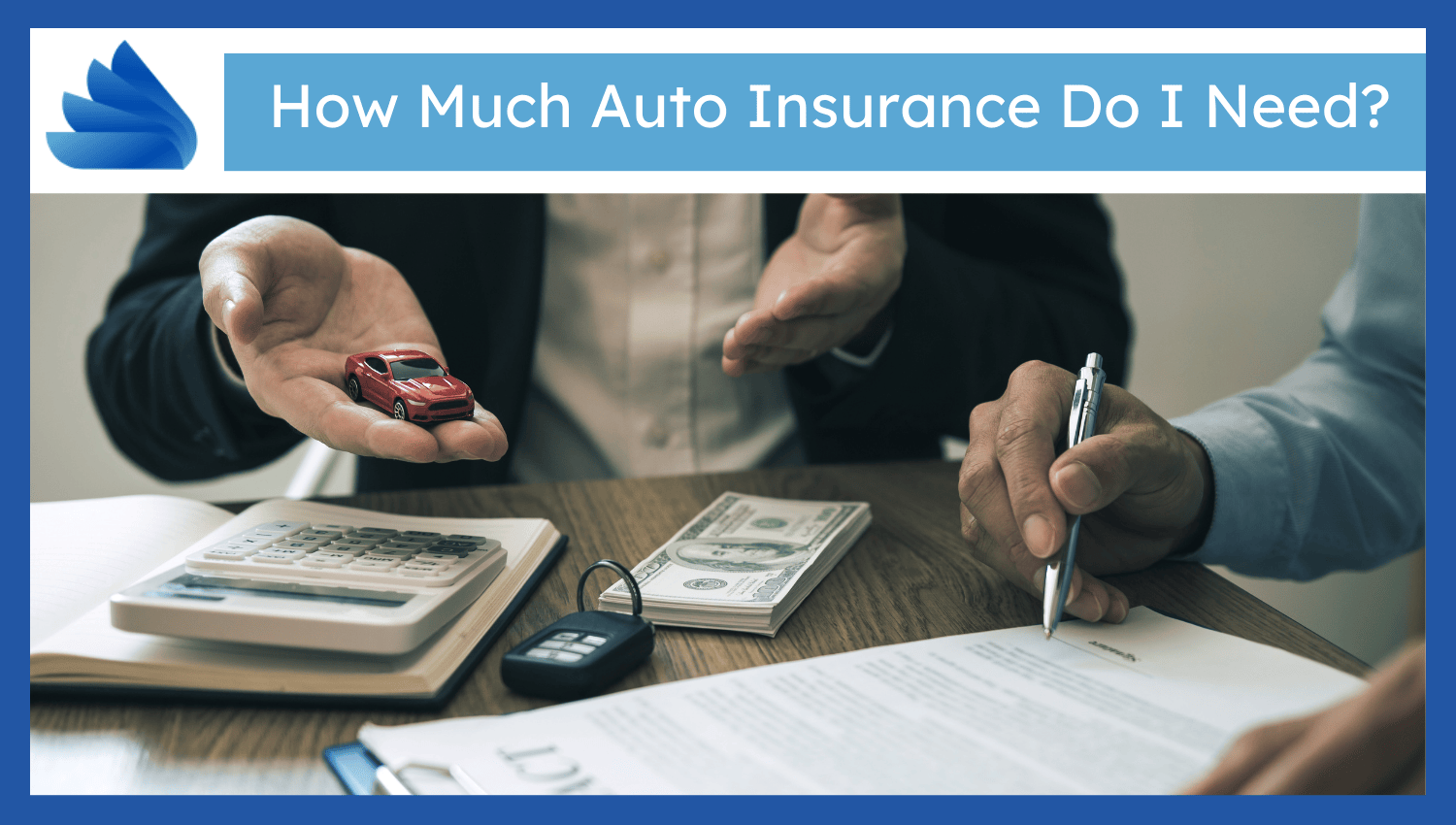
How Much Auto Insurance Do I Need?
The majority of drivers require 100/300/100 liability cover to prevent huge financial loss. This means $100,000 per injured individual, $300,000 per accident and $100,000 as property damage. In 2025, the Insurance Research Council reported that 33.4 percent of U.S. drivers were either uninsured or underinsured. This underinsurance usually results in missing bills following crashes.
According to Forbes, serious accidents cost more than 100,000 dollars in medical repairs. State minimum coverage, like 15/30/5, leaves a gap of $70,000 or above. Effective analysis applies three factors: legal minimums, personal financial exposure, and accident severity. Each factor has its own values that assist in getting the right amount of insurance. Data is verified and not opinionated. Every single fact intends to minimize risk and maximize protection.
What Are the Minimum Auto Insurance Requirements?
Here are two main types of minimum requirements:- State Mandates: States have their own minimum limits of liability coverage. The majority of states have such coverage as 25/50/25, i.e., 25,000 per person, 50,000 per accident, 25,000 for property damage. Other states have greater minimums.
- Proof of Financial Responsibility: Other states permit other options to ensure evidence. Drivers demonstrate financial responsibility through posting of bonds, making deposits, or cash guarantees. This alternative assists drivers in complying with legal obligations without purchasing conventional insurance plans.
What Types of Auto Insurance Coverage Are Available?
Here are the five types of auto insurance:- Liability Coverage: Liability coverage covers the injuries or damages to property that you cause to someone. It pays their medical expenses, repairs on their vehicles and their legal expenses in case they are sued.
- Collision Coverage: Collision coverage is the type of insurance that compensates for the cost of repairing or replacing your car when it is involved in a collision with another car or object, despite the cause of the accident.
- Comprehensive Coverage: Comprehensive coverage covers your vehicle against damage due to theft, vandalism, fire, storms, floods, and other natural disasters, but not collisions.
- Uninsured/Underinsured Motorist: This coverage covers your medical expenses and repairs to your vehicle in case the other driver is uninsured or underinsured to pay.
- Medical Payments / Personal Injury Protection (PIP): The Medical Payments or PIP pays your medical bills and expenses that follow an accident, whether it was your fault or not, and it also covers your lost wages or other expenses.
How to Decide How Much Auto Insurance You Need?
Here are five key factors to consider when choosing the right amount of auto insurance.- State Minimums vs. Real Needs: State minimum insurance limits are frequently not enough to pay out all expenses in case of serious accidents. Legal expenses, property damage, and full medical expenses can cost tens of thousands more than these minimums.
- Assess Your Financial Position: Drivers who have more assets, savings, or income have more financial risks. Increased liability caps do not leave personal finances vulnerable to lawsuits and other claims more than the minimum coverage in the state.
- Vehicle Value: New or costly vehicles tend to require collision and comprehensive insurance. These cover the cost of repair or replacement in case of accidents, theft or natural occurrences, which are quite expensive.
- Driving Habits: Drivers who have long commutes or those who travel in areas that experience high traffic risk more accidents. The more time spent on the road, the more opportunities to collide and claim.
- Family & Passengers: Drivers carrying family members or passengers require additional medical and liability cover. This safeguards against healthcare expenses and lawsuits against others in the car.
What Are the Recommended Coverage Levels
Here are three typical suggestions for auto insurance coverage to be well insured.- Liability Insurance: Most professionals suggest liability capping of 100/300/100. It means $100,000 per individual, $300,000 per accident, and $100,000 to cover property damage-better financial security than most state minimums.
- Full Coverage: Liability, collision and comprehensive are all covered. It applies to new, leased, or financed vehicles to safeguard against accidents, theft, and other damages and to keep the cost of repairing or replacing them low.
- Optional Add-Ons: Additional optional coverages such as rental car reimbursement, roadside assistance and gap insurance provide additional convenience and financial security in the event of repairs, emergencies, or total loss of a vehicle before loan payoff.
When Should You Reassess Your Coverage?
Here are the three most important points to check your auto insurance to keep it properly insured.- Major Life Changes: Getting married, relocating to a new state, or becoming a teen driver alters your risk score. Coverage renewals keep the coverage current with changes in family size, location regulations, and augmented liability caused by untrained motorists.
- Vehicle Changes: Purchasing a new automobile, leasing or paying off a loan alters insurance requirements. New or funded cars demand full cover, whereas fully owned cars can afford to drop some coverages to save money.
- Financial Shifts: Increasing savings, assets, or income enhances financial risk due to accidents or lawsuits. An increase in liability caps helps to shield individual wealth against claims beyond the minimum insurance laws.
What Are the Common Mistakes Drivers Make About Insurance Needs?
Here are three common mistakes drivers make about insurance needs:- Relying Only on State Minimums: State minimum coverage is usually below the actual costs of accidents. Drivers who only use minimums face high medical expenses and out-of-pocket expenses for repairs after serious accidents.
- Omission of Uninsured Motorist Coverage: Numerous drivers do not have uninsured motorist coverage. That exposes them to the risk of being struck by uninsured or underinsured drivers, particularly in areas with a high number of uninsured drivers.
- Dropping Coverage Too Early: Eliminating collision or comprehensive coverage prematurely can be expensive. When drivers cancel cover before the value of their cars dips lower than repair charges, they risk incurring high costs personally after accidents.

